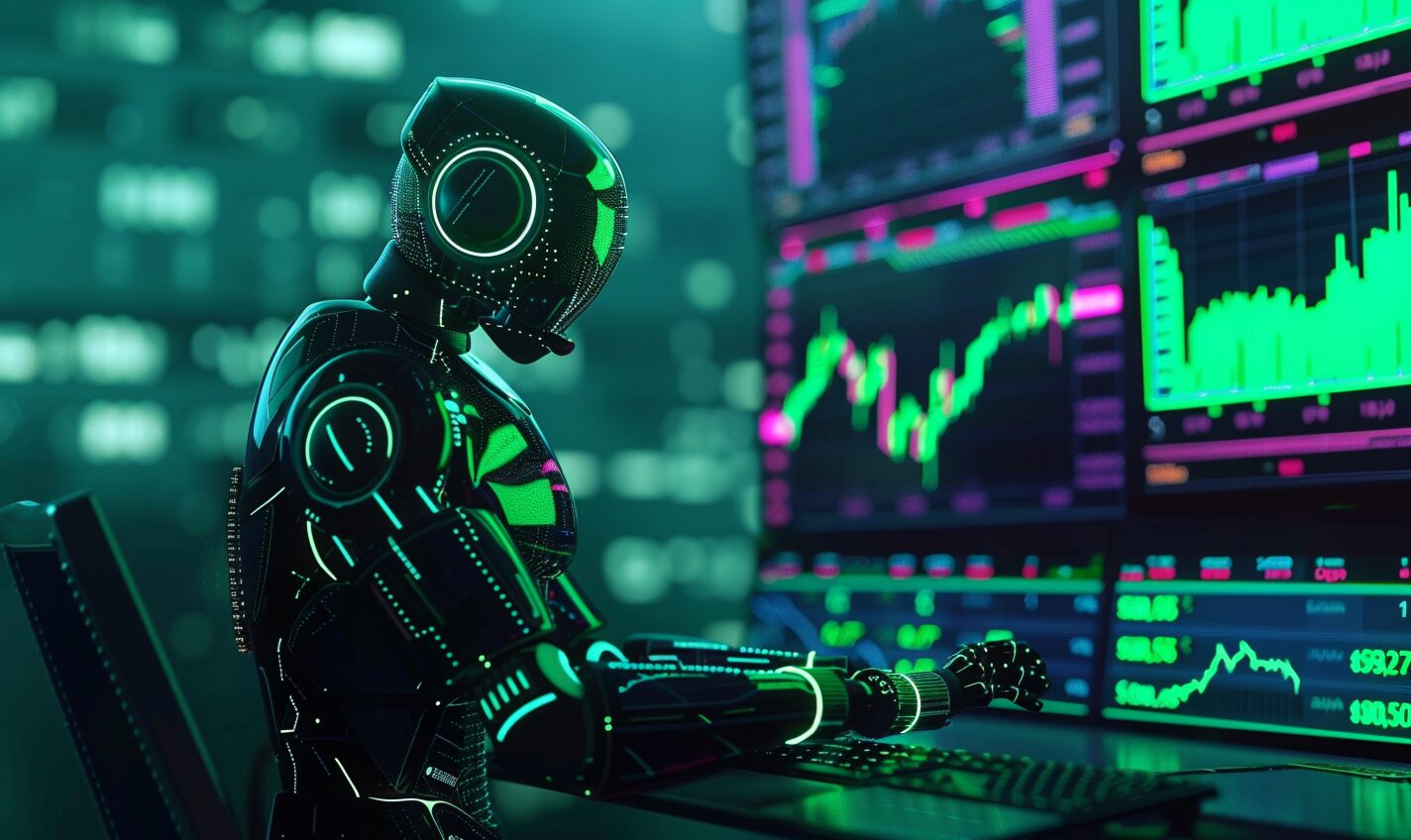The rise of AI in science marks a revolutionary era. However, despite being a technological marvel, arguments against artificial intelligence have emerged. These voices question not the capability of AI but the implications of its widespread use.
Here are arguments from the scientific community regarding AI. By examining these perspectives, you may understand the nuances and challenges of a science increasingly reliant on artificial intelligence.
Bias
AI systems are as biased as the data scientists train them on. Suppose an individual uses skewed training data. Its decisions can inadvertently perpetuate and amplify existing biases. For instance, some AI systems misidentify people of color. It can lead to racial discrimination in arrests if law enforcement uses them on the field.
This is often due to the underrepresentation of these groups in the training datasets. Addressing these biases requires a multifaceted approach involving diverse data, ethical AI design principles and continuous monitoring for unintended biases.
Dependence and Skill Erosion
The increasing dependence on AI in research can lead to a subtle erosion of critical thinking and problem-solving skills among scientists. AI tools that can analyze vast datasets and identify patterns can streamline research processes significantly.
However, this convenience also triggered arguments against artificial intelligence. Scientists may become overly reliant on AI-generated insights, gradually losing the inclination or ability to analyze data critically.
Moreover, AI’s ability to provide quick answers might discourage scientists from engaging in exploratory research, which often leads to serendipitous discoveries. In computational biology, for example, researchers might miss out on novel insights they could gain from manual, in-depth data exploration.
AI Misinterpretations and Errors
AI systems, being complex software, are prone to errors. These mistakes can stem from bugs in the code, issues with data quality or limitations in its learning algorithms. As industry experts forecast worldwide business spending on technology to reach $110 billion in 2024, mitigating these risks is crucial.
Scientists focus on improving the quality and diversity of data they use to train AI models. It involves using datasets that are comprehensive and representative of the real-world scenarios it will encounter.
In addition, the most pivotal mitigation strategy is maintaining human oversight. This collaborative approach helps catch and correct misinterpretations or errors before they lead to significant consequences.
Job Displacement
AI’s integration into scientific research presents arguments against artificial intelligence. It can automate tasks, potentially replacing traditional research roles and affecting employment shifts in science and technology.
However, AI also creates new job opportunities. It necessitates roles in AI management, development and ethical oversight, leading to emerging data science and AI interpretation careers.
Furthermore, it complements human skills, enabling scientists to focus on more complex and creative aspects of research. This symbiosis transforms existing roles and encourages the development of a workforce adept in scientific inquiry and technological proficiency.
In addition, current scientific roles are evolving to incorporate AI, requiring scientists to adapt and require new skills. The relationship between AI and the job market in science is complex and multifaceted, requiring a balanced understanding of its risks and potential.
Lack of Creativity and Intuition
A common criticism against AI in scientific research is its lack of human creativity and intuition. These human elements lead to breakthroughs that a purely data-driven approach might miss. Human researchers bring unique insights, imaginative solutions and an intuitive understanding of complex problems, crucial for innovative discoveries.
However, many experts view AI as a complement to human intelligence. While it excels in analyzing large datasets and identifying patterns, it cannot think abstractly and make intuitive leaps.
By combining AI’s computational power with human creativity and intuition, scientists can achieve more comprehensive and innovative outcomes. It assists in exploring avenues that might not be immediately obvious while human researchers provide creative direction and critical interpretation.
Privacy and Data Security
Data privacy and security are significant concerns in AI, especially considering that 27% of U.S. adults use AI applications several times daily. This accessibility of AI heightens the importance of safeguarding personal and sensitive information.
AI systems often rely on massive datasets, including personal information, for training and operation. It raises concerns about how it collects, stores and uses these data. The consequences have been notable in instances where AI has compromised security.
For example, AI-driven data breaches have occurred when perpetrators used machine learning algorithms to predict and access secure information, leading to unauthorized data exposure. Such breaches compromise personal privacy and shake public trust in AI technologies.
Unpredictable Outcomes and Control
Unpredictable AI behavior and the potential loss of control are significant arguments against artificial intelligence, especially as these systems become more complex and autonomous. These risks stem from the AI’s ability to learn and make decisions independently, which can sometimes lead to unintended consequences.
For example, in AI-driven trading systems, unexpected market behaviors due to AI algorithms can lead to financial losses or market instability. Similarly, unpredictable AI responses in unforeseen traffic scenarios could pose safety risks in autonomous vehicles.
These systems must undergo extensive testing and validation under various scenarios to ensure they respond predictably and safely to mitigate these risks and provide safe AI operation. In addition, developing transparent and explainable AI helps understand and predict their behavior, making identifying and rectifying potential issues easier.
Environmental Impact
AI’s energy consumption and environmental impact are increasingly important considerations, especially compared to traditional scientific methods.
AI, part icularly in its training phase, requires significant computational resources. For instance, training large machine learning models produces 300,000 kilograms of carbon emissions. This high energy demand primarily comes from using powerful and energy-intensive data centers.
However, there is a growing focus on making AI more eco-friendly. It includes developing more energy-efficient algorithms, utilizing renewable energy sources for data centers and optimizing hardware for better energy consumption.
These efforts aim to balance AI’s benefits in scientific advancement with the need to minimize its environmental impact, aligning AI development with sustainable practices.
Balancing Promises and Arguments Against Artificial Intelligence
The future will likely see AI becoming more intertwined with scientific research, enabling faster data analysis, more accurate predictions and novel approaches to longstanding challenges. Yet, users must temper this technological advancement with an awareness of its limitations and impacts.
By balancing leveraging AI’s capabilities and maintaining human oversight, users can harness AI’s full potential in a responsible and revolutionary way. This approach will advance scientific knowledge and ensure sustainable and ethically sound progress.
Recent Stories
Follow Us On
Get the latest tech stories and news in seconds!
Sign up for our newsletter below to receive updates about technology trends














